QuestionHello Mark, I am planning to get a hatchling or up to 4/5 inch Red foot Tortoise between sometime later this spring or early summer. I have a few unanwsered questions I was hoping you might know the anwsers to;
I have read conflickting caresheets/articales on housing I am wondering how ibg an Indoor pen really needs to be...knowing myself I will let the tortoise run around my bedroom floor or in the bathroom every few days as long as I am watching to superivse. Also I plan to take the tortoise outdoors during the warm spring and summer days in somesort of wire pen...I again would only take the tortoise out while I can supervise because I do have dogs.
I also would like to know exactly what UVB bulb should be used a 2.0 5.0 or something higher?
And lastly I read that I should use soil/sand mixed for bedding...wouldnt this pervide an opertunity for internal inpcation? for instance in other reptiles beddings are best avoided for lizards and frogs what are your viwes on this...i uderstand they need to borrow and need humidty but am confused.
And its been rumared you can over feed tortoises? how much should one feed a new hatchling 2-3 inches daily... I am aiming for a tiny baby but may end up with a slightly older one if I can't find a hatchling.
one more thing are hatchlings fragile?
thank you for any information you can offer having said that I have read the tortoise trust pages.
Answer1. Indoor pen size- bottom line is 'the bigger the better'. Some keepers even make two-level pens for even more useful space. The number I use as a guideline is 100 square inches per inch of tortoise shell length.
2. Bathroom- not really a good idea. It feels right, but tortoises are definitely creatures of habit that do not like change. Unless you have a good reason for it, stick with one tank.
3. Wire pen? Bad idea. If the tortoise can see out, it will try to walk out. Wire pens cause lots of injury as tortoises try to push through them. Try something the tort cannot see though for the bottom 15-18" or so.
4. UV-B is a BIG debate. Redfoots are found in sunny grasslands and deep forest, so apparently can use a range of UV levels. They also may eat more meat in the wild than we feed in captivity. I personally feed very little meat, and use a 2.0 UV-B bulb.
5. Soil mix does not get eaten easily, and is small enough ot pass easily. Aquarium gravel is the dangerous stuff- the color tricks the turtle into thinking it is food, and it is the right size and texture to clog the system. I use a mix of sand, loam/leaf mulch, and shredded bark (cyprus, coconut, BedaBest- whatever I can get clean and cheap) with no special ratios. It makes a nice blend for burrowing and holding humidity and does not have to be changed very often.
6. Over-feeding is a big problem with turtles in general. These are a slow-metabolism animal that eats opportunistically. You give them food nearby and they gorge. My usual plan is to feed a serving of about 1-3 times the size of the head daily for young turtles, then every other day, then every three days for older turtles.
7. Hatchlings and young are pretty tough, but sensitive to the environment.
My favorite care site for these gus is http://www.austinsturtlepage.com but there are many other good sites.

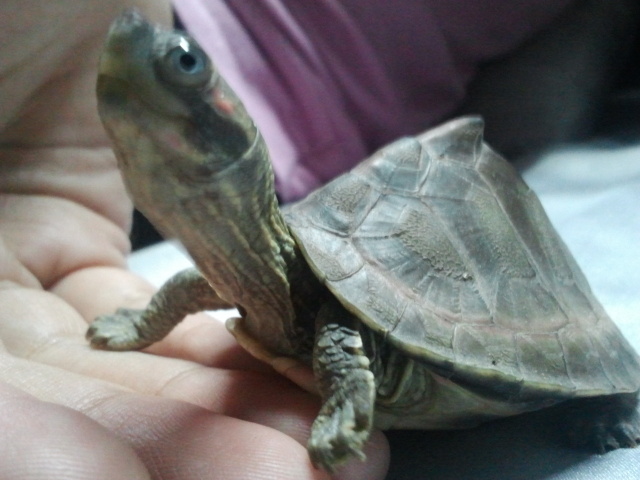 spieces of my turtle
Question
my turtle
jeannie i just want to ask i
spieces of my turtle
Question
my turtle
jeannie i just want to ask i
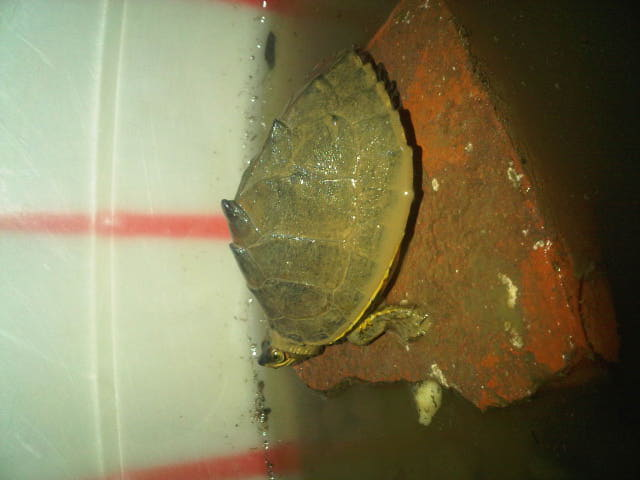 q.
Question
Sir I want to know about this t
q.
Question
Sir I want to know about this t
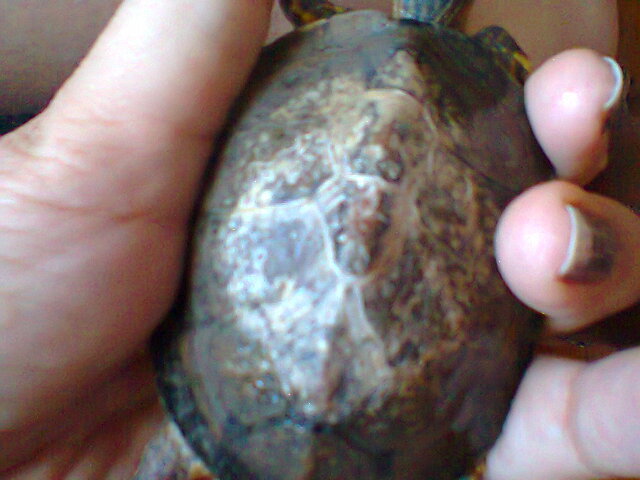 guide for my turtle-tuty
QuestionQUESTION: hi,
i have a Indian Roofed Turtle (Pa
guide for my turtle-tuty
QuestionQUESTION: hi,
i have a Indian Roofed Turtle (Pa
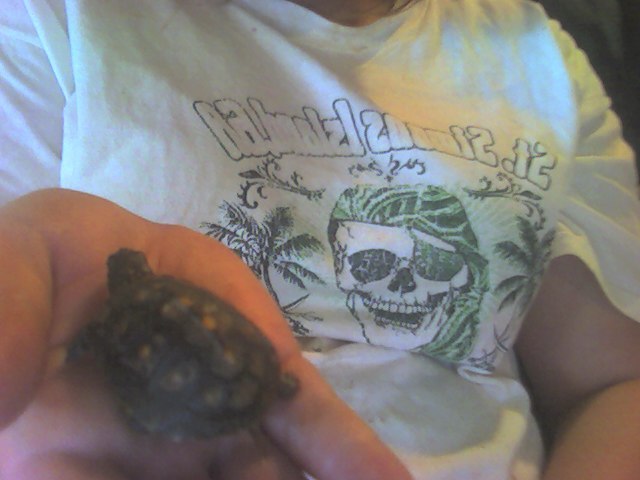 Tortoise or Turtle?
Question
The turtle or tortoise
I recently found a baby
Tortoise or Turtle?
Question
The turtle or tortoise
I recently found a baby
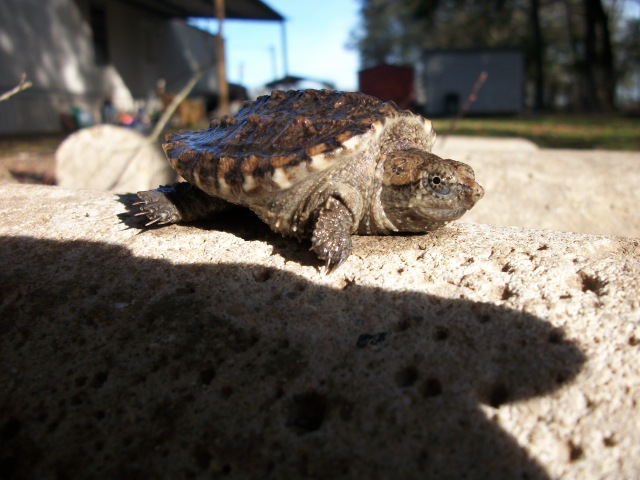 Species identification?
QuestionSnapping Turtle
QUESTION: Can you tell m
Species identification?
QuestionSnapping Turtle
QUESTION: Can you tell m